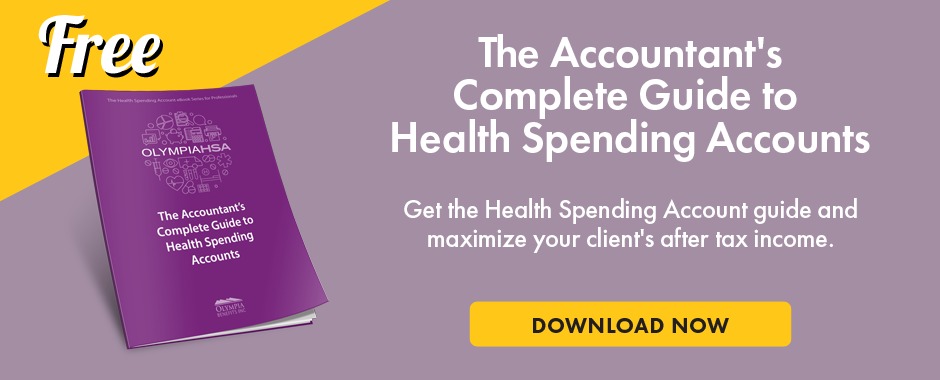It is now necessary for accountants to become closely acquainted with Private Health Services Plans (PHSPs) in order to best serve their clients.
Business owners and self-employed clients can benefit significantly from using a PHSP to augment a group benefit plan or as stand-alone coverage.
As provincial governments download more expenses in the guise of “user fees” or restrict the list of eligible (paid for) medical services, group insurers have responded by re-pricing the extended healthcare (EHC) and dental benefits their clients provide to their employees. Over the last five years some employers have seen a 100% increase in the costs of providing their employees coverage.
Some employers have begun to share the cost of benefits with their employees. They have also reduced the number of eligible visits or services or the amount of coverage in the plan or increased the co-insurance percentage or the deductibles of the plan. All of these moves have been made to control or reduce the cost of EHC and dental coverage without being seen as taking away benefits.
Advisors are now recommending their business-owner and self-employed clients establish Health Spending Accounts (HSAs), officially known as private health services plans, as either augmentation to group life and disability benefit plans or as stand-alone coverage. Favourable tax treatment and a flexibility of design make these plans very attractive.
Most provincial medical plans provide coverage for a basic level of essential and critical care. To ensure themselves choices, many Canadians find they are spending large amounts above what the government plan will cover.
These expenses are often for drugs not covered by the provincial plan (either an experimental drug or a name-brand drug where only the generic drug is covered), for treatments deemed non-essential such as laser eye surgery, or for services delivered out- side the provincial healthcare system (such as private magnetic resonance imaging). Most group plans are priced such that they only cover the cost of drugs and services above what the provincial government will pay. Each employer plan varies on whether or not drugs and services not covered by the provincial plan are covered at all or at what rate they are covered. (In many instances, pre-approval for these types of expenses is required by your group plan.) According to Section 118.2 of the Income Tax Act, the qualifying range of medical expenses for a PHSP is very broad, compared with most provincial coverage, and many group plans, too.
Most employers will say you can’t please everyone all of the time. Nowhere does this show up more than in a group plan for a diverse employee group. Younger, single employees usually aren’t that interested in group benefits that don’t resemble money in their pockets today unless they have a chronic health issue. Few of them have many expenses in this arena. As those employees age and have children, these benefits become very important, especially once their kids need braces. Older employees nearing retirement often take medication and rely on their group plans for financial assistance with some of their medical expenses. Some employees want better drug coverage while others want more coverage for eyeglasses or other aids (e.g., hearing aids, orthotics, etc.). Others want coverage for preventive or more therapeutic services like massage and physiotherapy. Still, others hope for coverage for services from the more recently recognized professions such as naturopathy and acupuncture.
So employers are faced with the challenge of designing a plan they can afford. Group insurance plans tend to provide lists of coverage with limits at a fixed cost. The coverage list is the same for everyone regardless of need. Only in the largest or more progressive companies will you find the so-called “cafeteria plans” where employees can choose from various coverage limits and levels in almost every area.
However, HSAs can provide an unlimited list, within rules provided by CRA, and a spending cap for each classification of employee. This gives each employee the ability to determine how to spend their family medical and dental budget each year while providing certainty to the employer as to the cost of the program.
Related reading: What Accountants Need to Know About Health Spending Accounts
Are you an accountant that would like to learn more about Health Spending Accounts? Then we encourage you to download Olympia's Health Spending Account guide specifically created for accountants and discover how to maximize your clients' savings with this effective tax planning tool.







